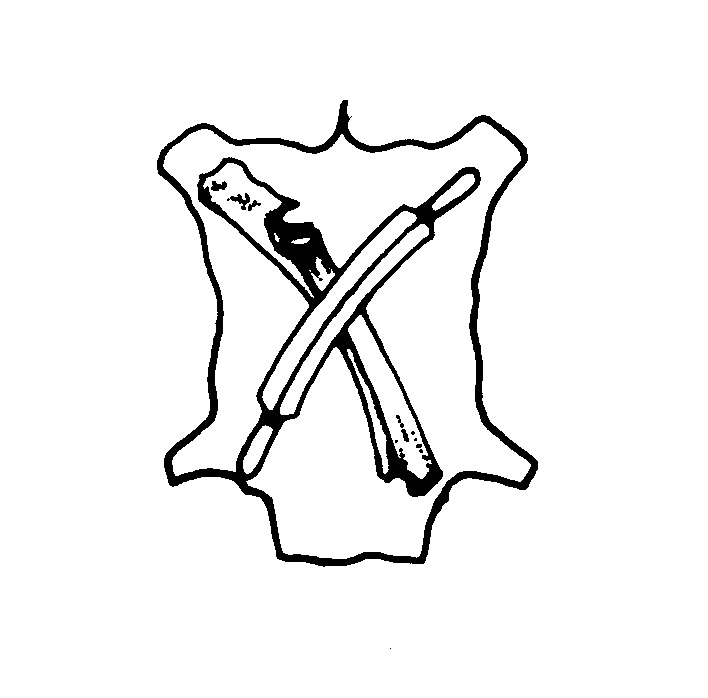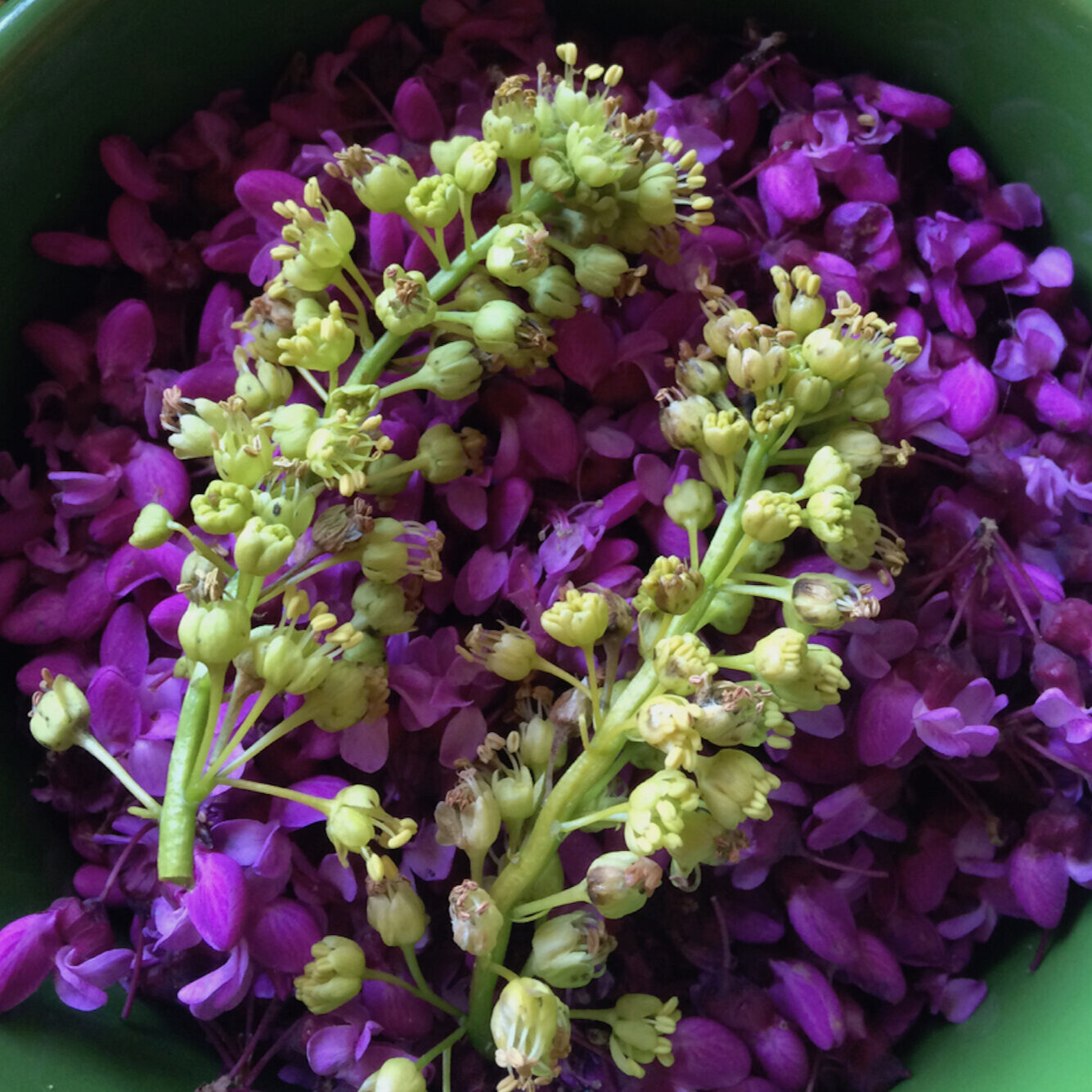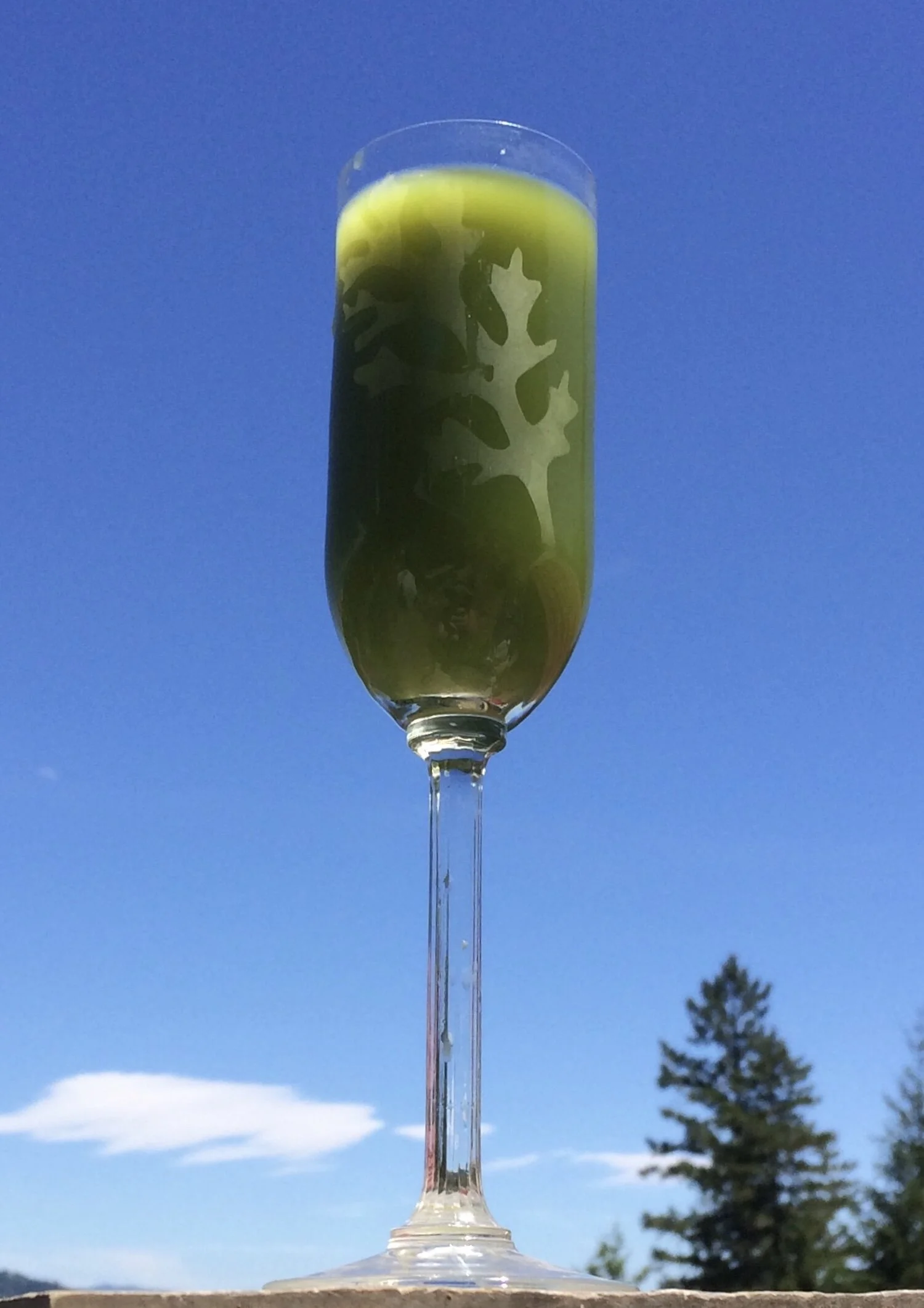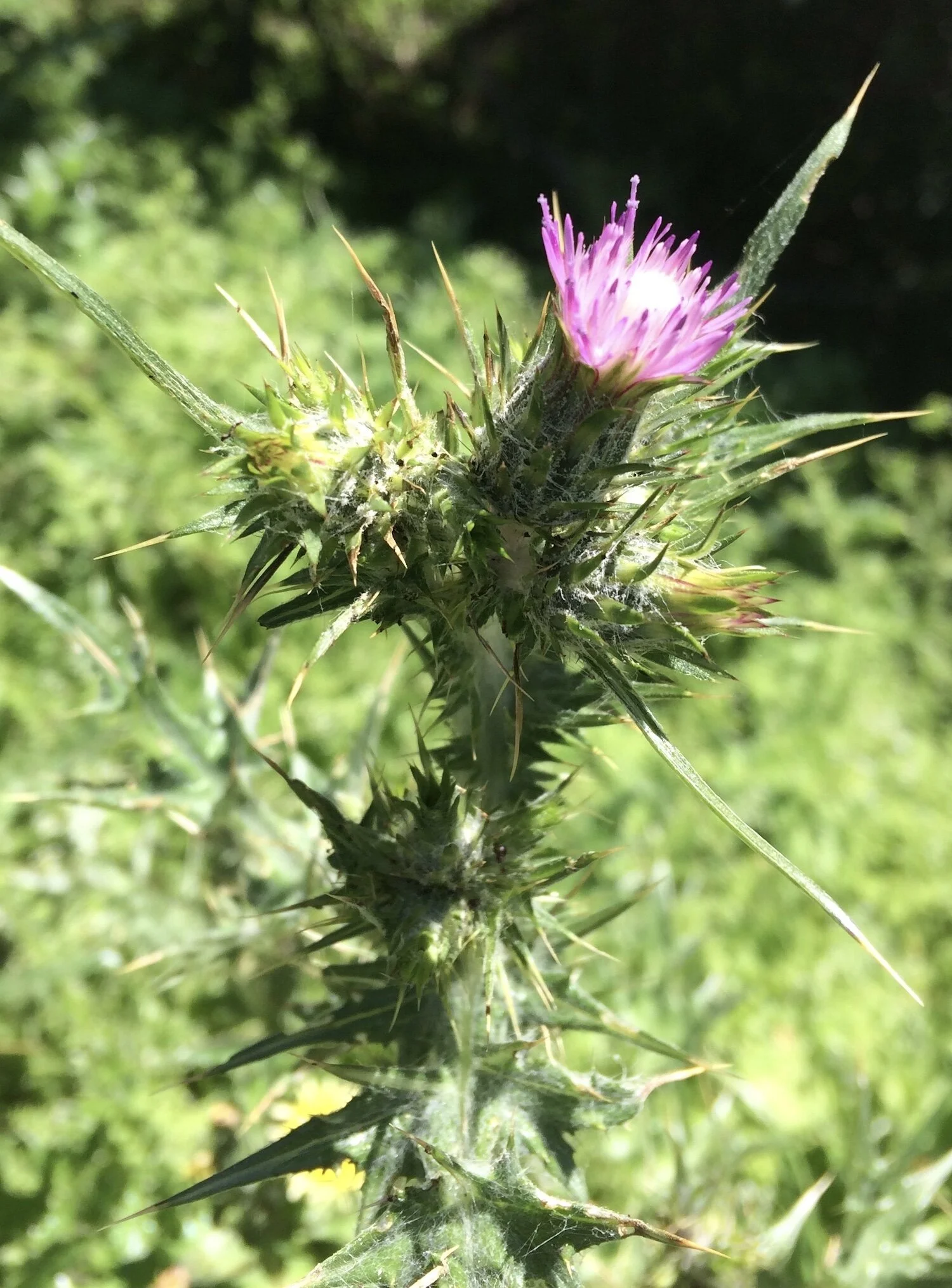Maple Flower Fritters Anyone?
One of my favorite wild spring “greens” is actually a cluster of flowers from a commonly found tree called Big Leaf Maple which fortunately finds Northern California to be a good home.
The flowers of the very aptly named Big Leaf Maple (Acer macrophyllum) are the seasonal delicacy that I look forward to with much anticipation each spring! Their texture is meaty and a bit like asparagus but otherwise are like nothing else that we eat throughout the rest of the year.
Spreading their canopies throughout the forest, most of these often towering trees are inaccessible but periodic low hanging branches will be covered in flower racemes which emerge at slightly different times up and down the branch. This habit allows for repeated visits to the same location and numerous delicious meals throughout late March and April. Since these trees can also be found over such a widespread area, their harvesting season may be easily extended by looking in different locations, with trees growing in the valleys or open sun flowering weeks before those growing in the mountains or deeper shade. Those to the south also usually flower before those to the north.
Buds to Flowers
The distinctively large buds are the first to reveal the river of life flowing anew throughout the branches and finding each and every tip of the entire tree. The leaves poke their tips out first but are quickly overtaken by the emerging plume of flowers who are bursting at the seams to emerge into the outside world.
Racemes
The racemes form around the same time as the young leaves and hang below the leaf clusters which can be hard to miss on on a fully grown tree. Each raceme is actually a collection of numerous small white flowers all connected to a central shoot.
Once they have formed small buds they are perfect for eating!
The racemes, best picked whole like a bunch of grapes, are edible raw; but, are an especially delicious vegetable steamed, sauteed or made into “fritters”. The result is incredibly succulent and much more like a hearty vegetable than a flower.
Their season often coincides with both Golden Chanterelle Mushrooms and Redbud Flowers and they all pair well in any of these dishes.
I like to harvest them on my morning walk and then eat them as the centerpiece of a delicious breakfast of maple fritters served drizzled with maple syrup or with a little wild huckleberry jam.
Maple Flower Fritters
Dip the raceme of maple flower buds in beaten egg, dust with flour mixture and brown in a pan of hot oil.
The flour mixture of wheat flour, corn meal and spices can be whatever feels good.
One time I used a wheat flour, acorn flour mix with a small amount of paprika which was quite delicious.
Maple racemes ready for egg and flour mixture
Frittered & un-frittered racemes
Frittered raceme with huckleberry jam
Maple flowerlette omelette
Frittered cakes of maple and redbud flowers
Flowerlettes
The little flowerlettes usually hold onto the stems for a long time, most especially on trees growing in the shade or in cooler climates; however this year’s drought and unseasonably hot weather has already taken its toll. Most of the Maple trees in my area of Mendocino County, CA are already dropping their flowerlettes and it is only those in the deepest darkest shade that can still be harvested as racemes. In “normal” years, we can find racemes into early May!
Fortunately, they can be eaten at any of their stages of growth with both the racemes and flowerlettes being equally delicious.
Once the flowerlettes have opened and fall away easily from the stem when touched, it is too late to harvest them for eating in racemes, but the large numbers of individual flowerlettes can still be incorporated into foods such as omelettes, scrambled eggs or frittered cakes.
Flowers to Seeds (Samaras)
As the leaves grow more mature, the flowerlettes at the top of the cluster start to transform into samaras, which are little winged seed capsules. These seed pods are technically edible and the very young wings make a nice tart snack when on the trail, but I have found the pods to be too fibrous, even when very young. More experimentation is needed on how to better prepare and eat them at this stage of their growth.
Since they are large trees, the lower branches can be harvested fairly heavily without adversely effecting the life and energy of the whole, but stripping an entire branch is to be avoided. Always leave enough flowers, leaves and samaras to keep the branch looking healthy.
Leaves
The Big Leaved Maple grows only on the West Coast and is easy to identify by its distinctive maple leaf shape, which are also the biggest Maple leaves in the world. When mature, they are often the size of large grape leaves and can likewise be pickled in salt, wrapped around a rice mixture and simmered to make “dolmas”.
Read more about the leaves on the Big Leaf Maple Plant Profile blog from 2019.
All in all, Maples are one of the “incredible edibles” that we find in our local ecosystem which we can both appreciate for its striking beauty and character as well as enjoy the nourishing and delicious treats that it offers up for us each and every year.
Tamara Wilder © Paleotechnics 4/2021
www.paleotechnics.com



















